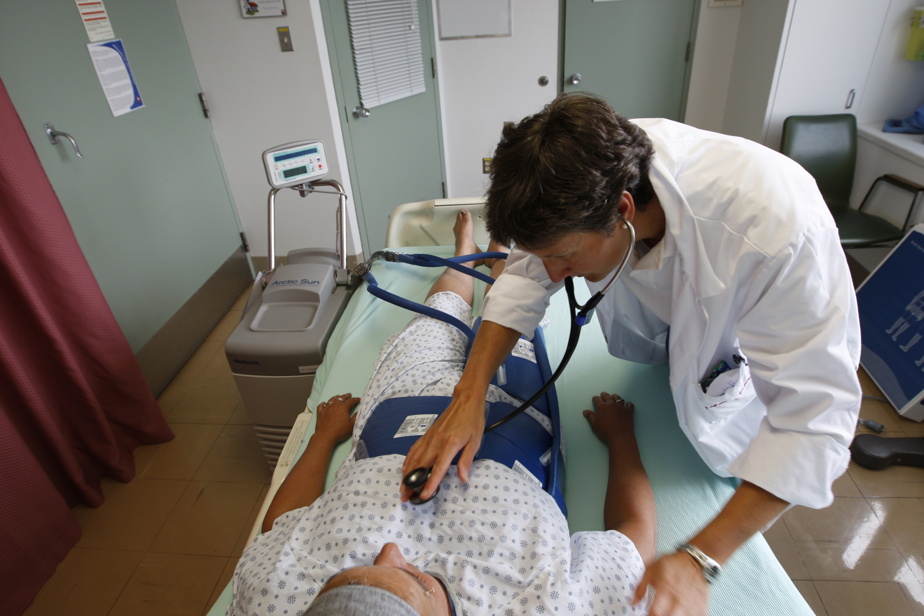Each week, our journalist answers scientific questions from readers.
Yes. There has been a lot of work on the issue of statin-related muscle soreness, the most common side effect, over the past few years.
Statins are cholesterol-lowering drugs taken by about a quarter of adults after age 40, with men taking 30% more often than women.
“The first step was to determine what proportion of patients have muscle pain from statins,” says George Thanassoulis, director of the Preventive Cardiology and Genomics Unit at the McGill University Health Center. “A decade ago, we were sometimes talking about 30% to 50%. Now we know it’s more like 10% for severe muscle pain. »
We also know that there are statins that give less muscle pain to some patients than others. “And if no statin works, you can use another molecule, which is less effective, but causes much less muscle pain,” says Dr. Thanassoulis. And if it is necessary to lower cholesterol further, we can use a rather expensive molecule, PCSK-9 inhibitors, which do not cause muscle pain at all. »
According to Dr. Thanassoulis, it is possible in Quebec to obtain these drugs for statin intolerance if several types of statins have been rigorously tried.
In 2021, a Harvard University study showed that many patients with muscle pain attributed to statins suffer from the “nocebo effect”. “It’s the opposite of the placebo effect,” says Dr. Thanassoulis. The 2021 study, published in the Journal of the American College of Cardiology, followed patients who were alternately prescribed statins and a placebo drug with the same appearance. The patients did not know whether they were taking a statin or a placebo. Muscle pain was reported almost as often (90%) with placebo as with statins.
“The first thing to do with a patient who has muscle pain when starting statins is to listen to it,” says Dr. Thanassoulis. We’re not going to say, “it’s the nocebo effect.” Analyzes are needed to quantify the problem. There are molecules associated with muscle pain. »
Understanding how statins induce muscle pain is one of the great advances of the past decade, according to Robert Eckel of the University of Colorado, who published a 2019 literature review on toxicity in Circulation Research. statins.
Another side effect associated with statins, diabetes, is much rarer than muscle pain, but also more problematic. “However, it seems that the risk is mostly in prediabetics,” says Dr. Thanassoulis. Older patients also develop diabetes more often while taking statins than younger ones.
In 2016, Dr. Thanassoulis published a study in the journal Circulation showing that expanding primary prevention criteria in younger patients with very high cholesterol increased the number of patients receiving statins by 65% and the risk of a cardiovascular event was reduced by 3% over 10 years in new patients included in the treatment.
Statins can be used to lower a patient’s cholesterol level in secondary prevention, after a cardiovascular event such as a heart attack, or in primary prevention, when there are risk factors other than high cholesterol, such as hypertension or a family history of heart disease, in patients who have never had a cardiovascular event.

